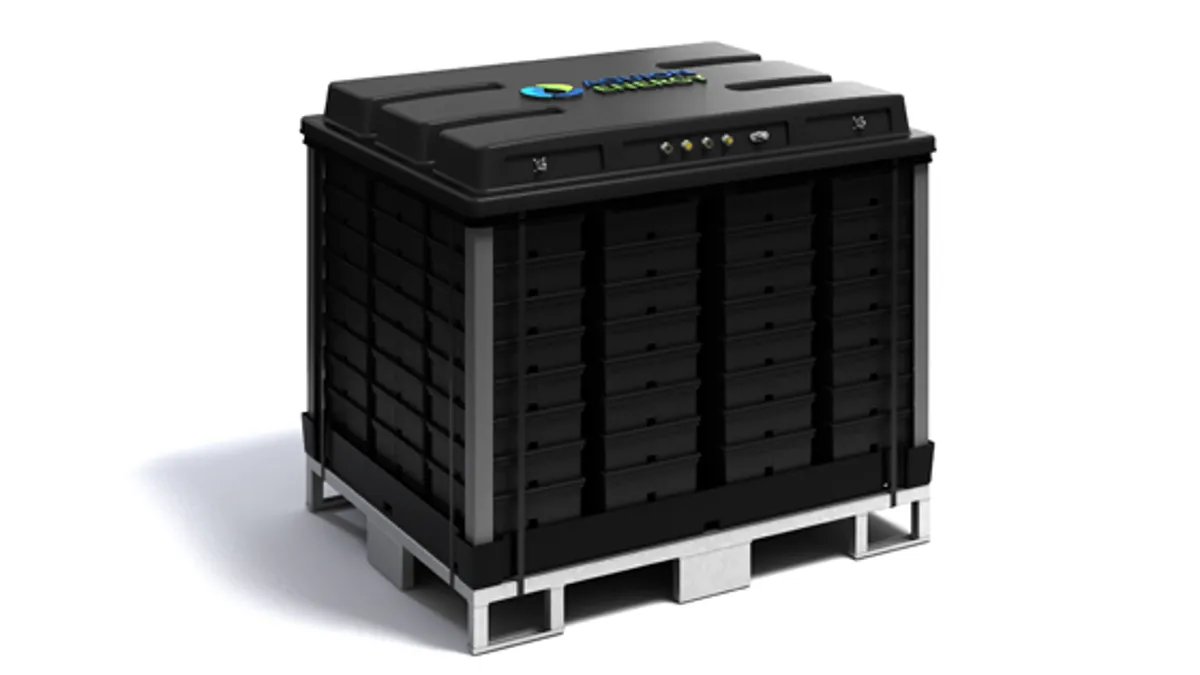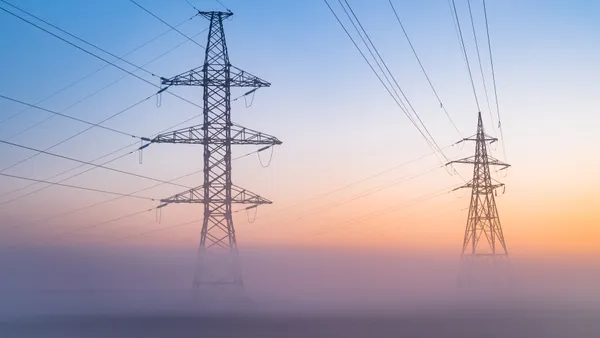Dive Brief:
- Duke Energy has combined two types of storage devices in order to fill both short and long duration energy needs from the single site in North Carolina, MIT Technology Review reports.
- Duke combined a hybrid Aquion battery and a Maxwell Technologies ultracapcitor at its Rankin substation in North Carolina.
- The ultracapacitors are useful for large, short-duration power surges, such as when the solar power on the grid fluctuates because of cloud cover. The Aquion batteries can supply power later in the day, when the sun goes down and electricity demand rises.
Dive Insight:
Long and short duration energy storage applications are often thought to be mutually exclusive, requiring distinct technologies. Duke Energy has taken a new approach to that problem by combining a hybrid battery from Aquion with an ultracapacitor.
The two different technologies not only have complementary duration profiles – the ultracapacitor can handle large, short-duration power surges while the Aquion batteries can discharge for hours at a time – they work together economically as well.
Aquion’s batteries use a saltwater chemistry that can provide long-term storage at a very low cost. Lithium-ion batteries can discharge bigger bursts of power than Aquion’s batteries, which would reduce the need for ultracapacitors, but they are more expensive, around $450/kWh of capacity compared with $350/kWh. That helps justify the cost of adding the complexity and cost of ultracapacitors to the system.
The low cost of the Aquion technology and the ability to use a smaller battery, thanks to the ultracapacitors, lowered the cost of the Rankin installation by 10% to 15% compared with a battery-only system, Thomas Golden, technology development manager for Duke, said in a statement. He said it is the first time such a system has been deployed at utility scale.
The area served by the Rankin substation includes a 1.2-MW solar installation one mile away.
North Carolina ranks fourth among the states for installed solar capacity, and Duke is investing half a billion dollars to expand its solar generation there.













